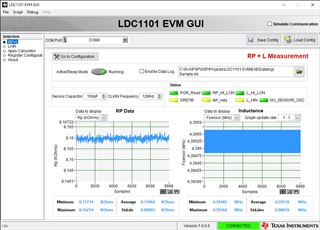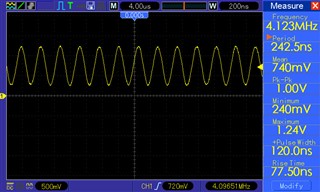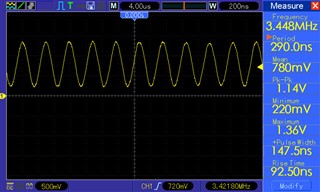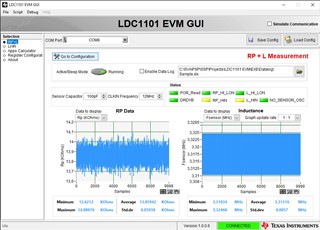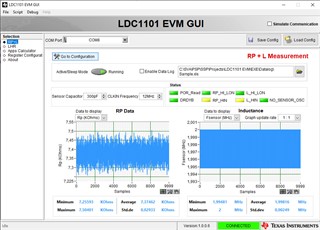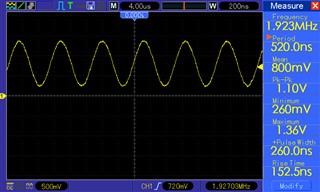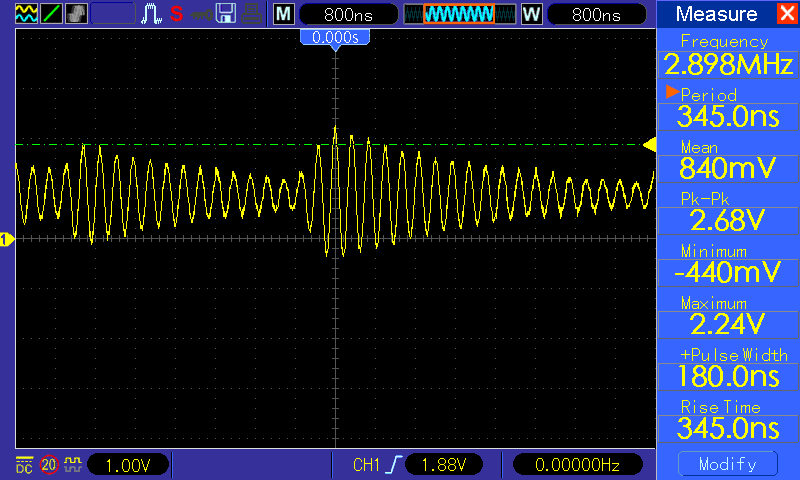Other Parts Discussed in Thread: LDC1001, , , LDCCOILEVM, LDC1614, LDC1612, LDC1312, LDC1000EVM
Hi,
I'm very confused.
I need to sense a metal object about 20-30mm far from the sensor.
And I have space constrains so the sensor diameter must be 15-20mm max.
I just need to sense the presence of the metal object. No need for precision.
But I need to check if the object is made of metal, to avoid false detections.
So for what I read the best option for me are the LDC1001 or the LDC1101. So I can check both Rp and L.
Now I'm trying to make some calc with the LDC tools spreadsheet, but by changing the target distance I don't get a change in Rp or in frequency.
I got something only if i go to a very low impedance, about 1uH, with a 1 layer sensor with few turns 5-7.
I also made some test with the eval board LDC1101EVM and some piece of ferrite sheet to shield the sensor, but this don't seem to increase the sensing distance.
What I'm doing wrong?


